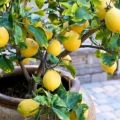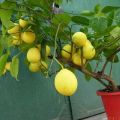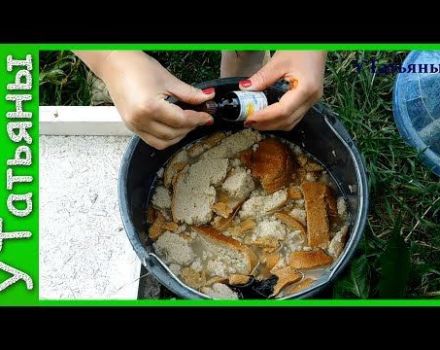Description of Lunario lemon and features of home care
The Lunario lemon variety is popular mainly with people who grow citrus fruits at home. This plant produces crops throughout the year (every season) and has little maintenance requirements. The fruits are characterized by a noticeable, elongated shape with a sharp "tip". The plant, on the basis of which the Lunario variety was derived, grows in Sicily.
Characteristics and description of the variety
Lunario differs in that fruits and flowers often coexist on the plant. This, as well as increased resistance to diseases and unpretentiousness, ensured the popularity of the culture among gardeners.
Crown
The crown is characterized by a tree-like shape. The bark of the trunk is brown, and the young shoots are green. The oval leaves are 15 centimeters long, while the lemon grows outdoors up to 5 meters.
The plant grown in a pot is distinguished by the presence of elongated and long branches, which are additionally strengthened with trellises.
Lunario lemon is characterized by fast growth. There are thorns of different sizes along the trunk of the plant.
Flowers
Lemon flowers are distinguished by a subtle purple tint and are located singly or in groups. The buds reach 6 centimeters in diameter, with an average size of 4-5 centimeters. The flowers give off a pleasant scent that is enhanced upon contact.
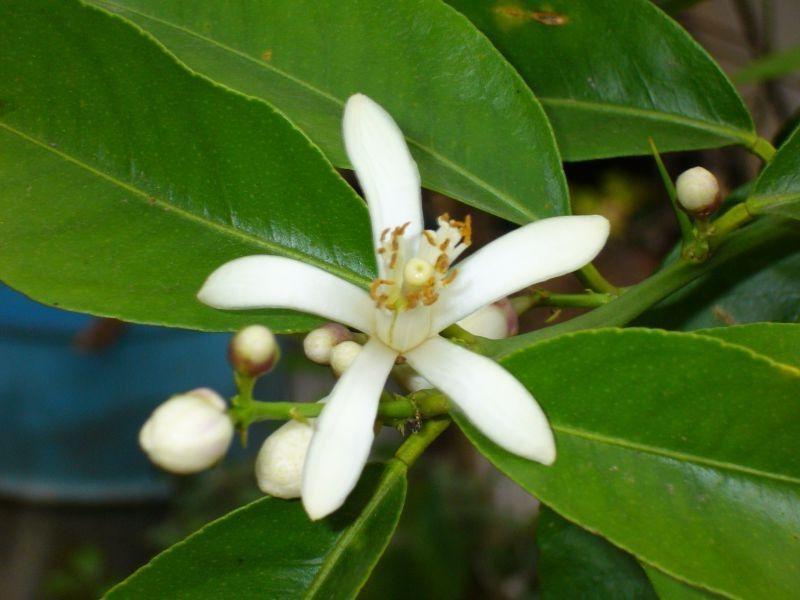
Fruit
The fruits of the Lunario variety differ in the following characteristics:
- average weight - 120-170 grams;
- elongated shape;
- smooth and thin skin;
- weak taste and acidity of the pulp;
- little juice.
On one tree, up to 15 fruits ripen during the year, located close to each other.
Advantages and disadvantages of Lunario lemon
Among the advantages of the variety, gardeners distinguish the following:
- increased endurance and resistance to diseases and pests;
- early fruiting (in the second year);
- year-round flowering;
- the maximum height is up to 6 meters.
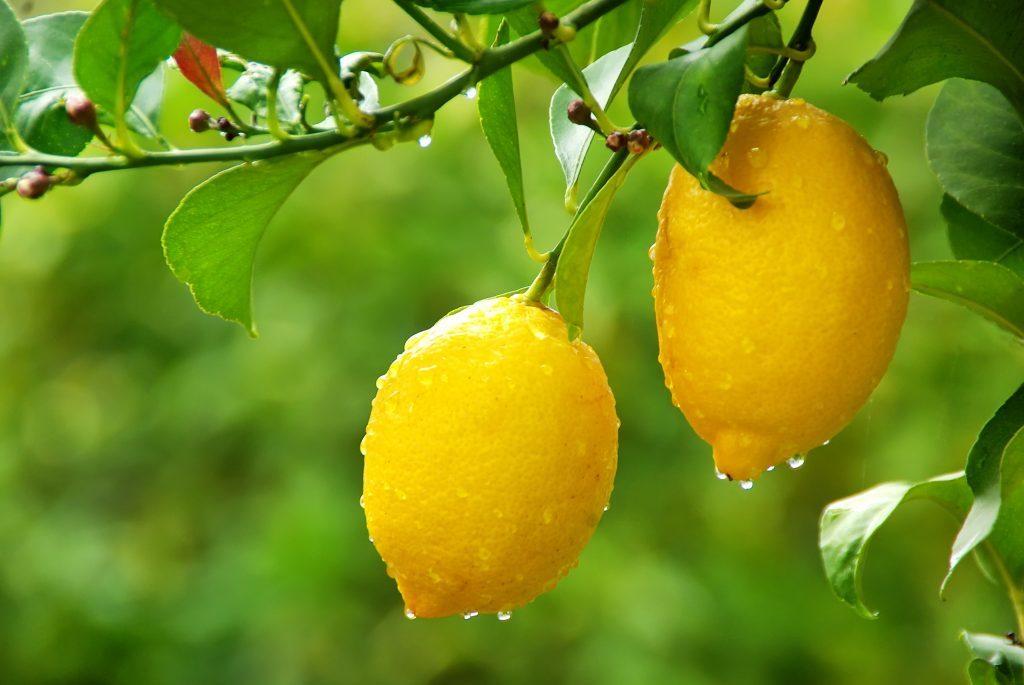
The disadvantages include active growth, due to which gardeners need to regularly form the crown.
Growing lemon at home
The cultivation of Lunario lemon is straightforward. Provided proper care is provided, the plant will bear fruit throughout the year.
Seedling preparation
Lemon of this variety is grown from a seed or seedling. The second option is preferable, since it allows you to get a harvest in the second or third year.Lemon seedlings do not require serious preparation. The main thing is that the roots of the plant remain intact.
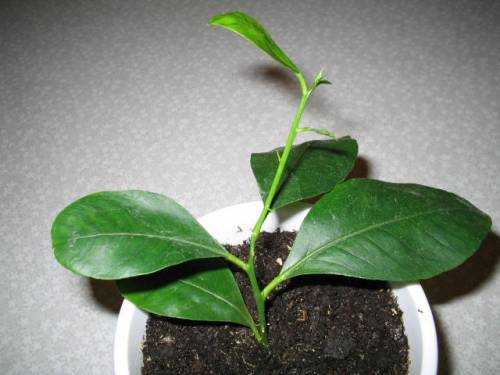
Selecting and preparing a landing site
The lemon pot is recommended to be placed in the eastern or southern part of the room. The plant requires a lot of light, but in the summer, during the day, it is recommended to shade the leaves to avoid burns. In winter, the tree will need additional lighting. Lunario lemon is forbidden to grow in the kitchen. This is explained by the fact that the tree gradually accumulates gases, due to which the taste of the fruit deteriorates.
In addition, this arrangement contributes to the rapid drying of the plant.
During the warm season, lemon is recommended to be placed in rooms with a temperature of 17-22 degrees and a humidity of 65-75%. The pot with a tree should be regularly taken out to the balcony in the summer, providing fresh air. At the same time, the plant does not "like" drafts. In the cold season, the fruit tree should be placed in a room with a temperature of 7-14 degrees.
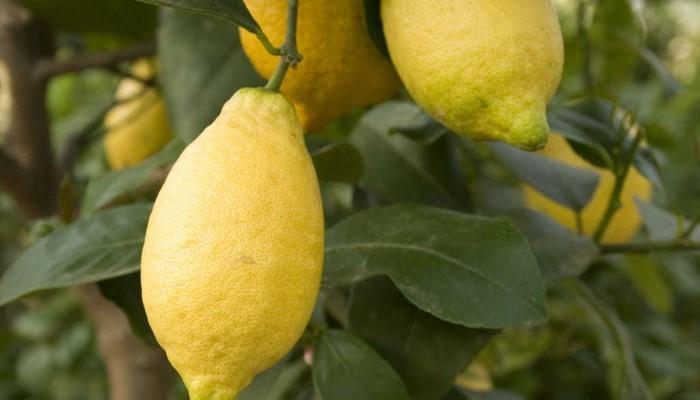
Landing in the soil
The plant must be planted in pots with soil, which is a mixture of garden soil and sand. The top of the soil should be covered with polyethylene, after which the lemon should be left in this form for 2-3 weeks. During the specified period, it is recommended to periodically spray the soil with water. The soil should be loose so that the roots receive a sufficient amount of oxygen.
Plant care
In addition to ensuring the above conditions, tree care includes regular watering, feeding and removing yellowed leaves.
Fertilization and watering
In the warm season, the plant should be watered twice a week, preventing the soil from drying out. In winter, water should be added no more than once. You also need to spray the foliage twice a week. And every 10 days it is necessary to water the tree with warm water.
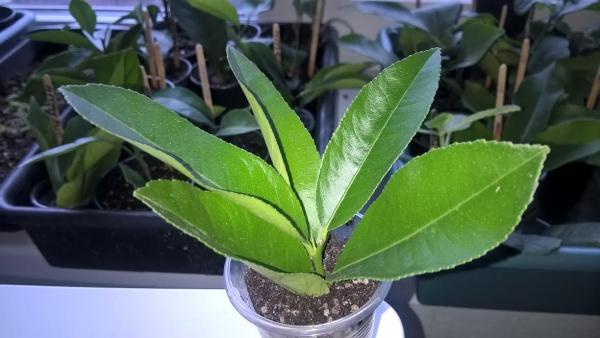
As a fertilizer for citrus fruits, a mixture of cow dung is used (manure is mixed with water in equal proportions, then it is infused for a week, filtered and mixed again with water in a ratio of 1: 5). In spring and summer, top dressing is applied once a week, in winter - monthly.
Lemon transplant
For the first three years, it is recommended to replant the tree in new pots every spring. Later, this interval is increased to 2-3 years. For transplanting, you should take a larger pot, laying out a drainage layer at the bottom. During the procedure, you need to leave the soil on the roots. Before planting a culture, citrus substrate (available at flower shops) is recommended to be roasted in the oven.

Crown formation
The crown is formed every spring. This frequency is due to the rapid growth of the plant. To form the correct crown, you will need to remove dried branches and cut off the shoots to the fifth leaf. With this approach, the tree will begin to bear fruit in the second or third year after planting.
Diseases and pests
Lunario is susceptible to the following diseases:
- tristeza;
- root rot;
- gommosis;
- sheet mosaic.
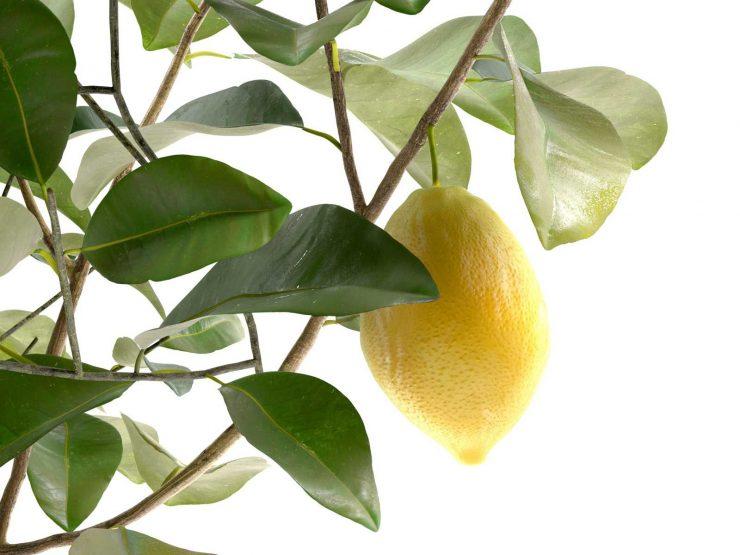
Treatment of diseases is carried out by transplanting a tree, treating the soil with a solution of copper sulfate and (if necessary) pruning the affected roots.
Of the pests on the citrus of this variety, you can find white mosquitoes, aphids, spider mites or scale insects. Treatment with appropriate chemicals helps to cope with insects.
Harvesting and storage of crops
Harvesting is carried out as the fruit ripens. It is recommended to store lemon in a cool room or refrigerator.



